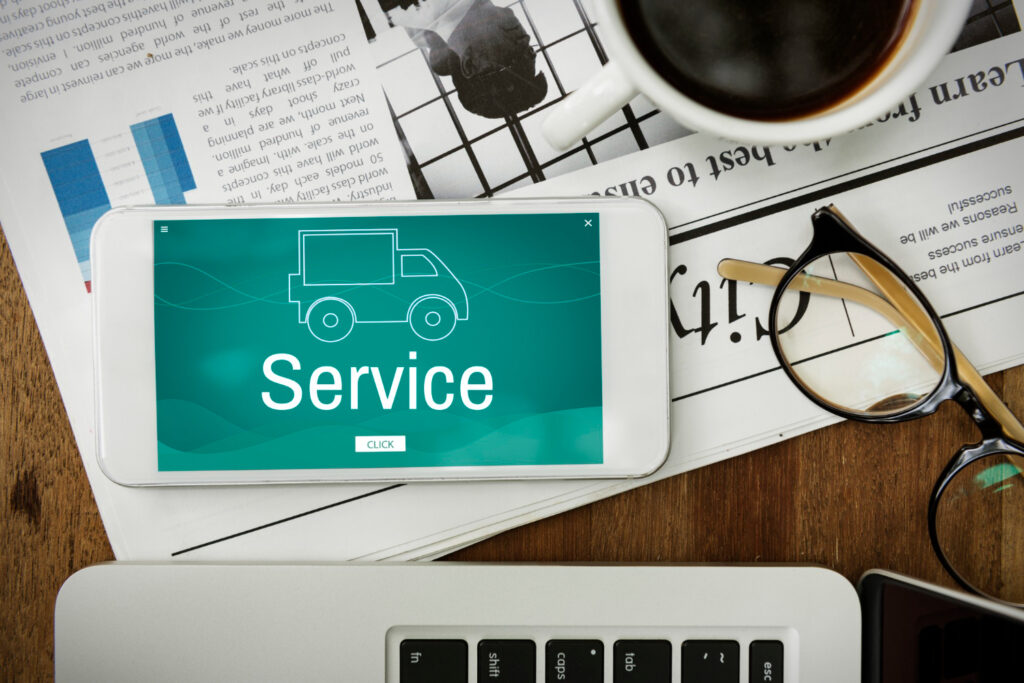Key Takeaways
- Grasp the historical progression and modern advancement of vehicle transportation services.
- Recognize the importance of safety regulations, insurance, and proactive preparation in vehicle shipping.
- Appreciate the innovative trends redefining the industry and their environmental impacts.
Table of Contents:
- Exploring the History of Vehicle Transportation
- The Significance of Safety in Vehicle Transportation
- The Ins and Outs of Vehicle Transportation Logistics
- The Importance of Customer Service in the Auto Transport Industry
- Innovations Driving the Future of Vehicle Shipping
- How to Prepare Your Vehicle for Transportation
Exploring the History of Vehicle Transportation
The story of vehicle transportation is a fascinating journey that mirrors the growth of the automotive industry. In its early days, vehicles were transported individually or in small numbers, often locally. As demand grew, so did the innovation in the form of specialized trucks and logistics strategies. These advancements were pivotal in transforming a once rudimentary system into the sophisticated network we see today—a system capable of efficiently managing the transport of countless vehicles across vast distances.
This burgeoning sector saw the multi-car carrier revolutionize vehicle transportation, representing a leap in capacity and efficiency. As consumerism expanded post-World War II, the need to deliver vehicles to different parts of the country grew exponentially, sparking further ingenuity within the field. The changes set in motion decades ago continue to influence the complex operations of modern-day vehicle shipping services.
The Significance of Safety in Vehicle Transportation
Safety is always considered in nationwide vehicle transport. Every facet of vehicle shipping services is underpinned by rigorous standards and regulations designed to protect cargo and personnel. These standards are routinely evaluated and updated to adapt to new technologies and methodologies, ensuring the industry operates at the highest possible level of safety.
Insurance coverage for transported vehicles offers financial protection and peace of mind to all parties involved. Stakeholders—from transport service firms to individual vehicle owners—must be acutely aware of the potential risks throughout the transportation process, including accidents, weather damage, or unforeseen mechanical failures. To mitigate these risks, rigorous inspections and the correct application of restraints and protective materials are standard procedures the industry’s leading carriers adhere to.
The Ins and Outs of Vehicle Transportation Logistics
Vehicle Transportation Services
Auto shipping logistics is a complex endeavor that requires coordination between various agents to function correctly. When one books a service for nationwide vehicle transport, it sets in motion a detailed operation that entails careful scheduling and route planning. Transport companies must navigate fluctuating traffic patterns, climate considerations, and legal requirements to ensure that vehicles are delivered on time and arrive without issue. The logistics of moving vehicles also entail storage solutions for in-transit staging and managing customer expectations on delivery timeframes.
Deploying state-of-the-art systems to track and monitor the movement of each vehicle provides clients with real-time updates. It offers the transport company invaluable data to refine their logistic strategies. This evolution in logistics is seamless only due to the dedication of dispatchers and logistic teams, who are the keystones in this dynamic ecosystem. They orchestrate every journey step, from the initial intake of customer requests to the final handing over of vehicle keys.
The Importance of Customer Service in the Auto Transport Industry
The significance of exceptional customer service in the auto transport industry can’t be overstated. First impressions matter, and from the first call to the close of the transaction, quality customer service can define the customer’s entire experience. Experienced customer service teams can provide valuable information and reassurance and are instrumental in diffusing situations should complications arise.
Auto transport companies that prioritize customer interaction invest in training and infrastructure to ensure their customer support personnel are knowledgeable and accessible. Effective communication channels, including hotlines, email support, and live chat options, stem from recognizing the need for ongoing engagement and updating clients about the status of their transport. A vehicle’s safe arrival is ultimately the end goal, but the reassurance provided along the journey holds significant value to the customer.
Innovations Driving the Future of Vehicle Shipping
The future of vehicle shipping is being shaped by digital transformation and technological innovation. Modern GPS tracking devices, for example, provide pinpoint accuracy regarding a vehicle’s location during transport, enhancing transparency and security. Similarly, advancements in materials science have introduced more robust and lightweight straps and barriers to secure vehicles during transit effectively.
Furthermore, there is a growing discussion around the potential for driverless technology and intelligent transport systems to revolutionize vehicle shipping. Autonomous trucks may one day navigate highways without a human, bringing about many efficiency and safety improvements. While these ideas are still in various stages of research and implementation, it is clear the trajectory of vehicle transport services is one of increasing sophistication and technological integration—a trend analyzed thoroughly by leading safety research institutions like the Insurance Institute for Highway Safety.
How to Prepare Your Vehicle for Transportation
Vehicle Transportation Services
Pre-shipping preparation of a vehicle is a critical step often overlooked by car owners. It starts with a thorough cleaning, which helps identify any pre-existing damage and prevents road grime from damaging the paintwork during transport. Emptying the car of personal belongings and turning off the alarm system are also necessary steps to prevent loss and avoid unnecessary complications during transit.
Documenting the vehicle condition in photographs and written reports provides a baseline that will be essential if any disputes arise post-transport. These measures and a meticulous review of necessary paperwork create a detailed ledger of the vehicle’s pre-shipment state. By adhering to a robust checklist, vehicle owners can significantly minimize the risk of damage and ensure a smooth transportation process.

